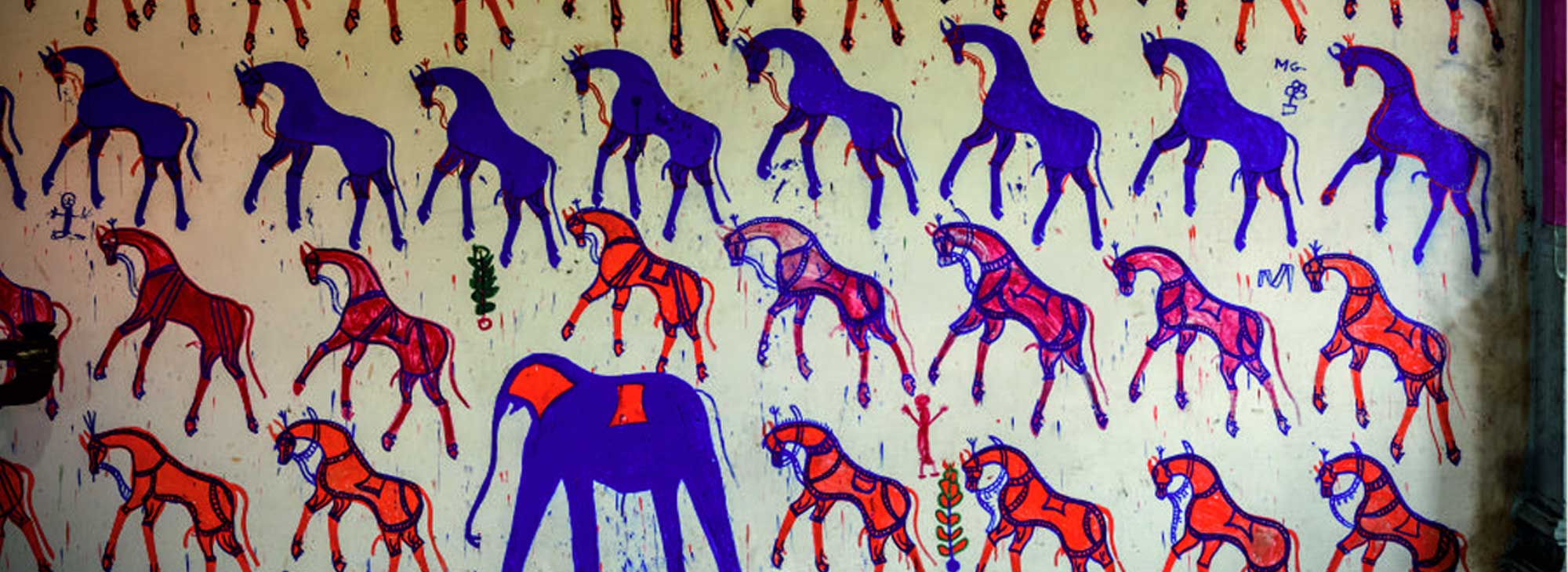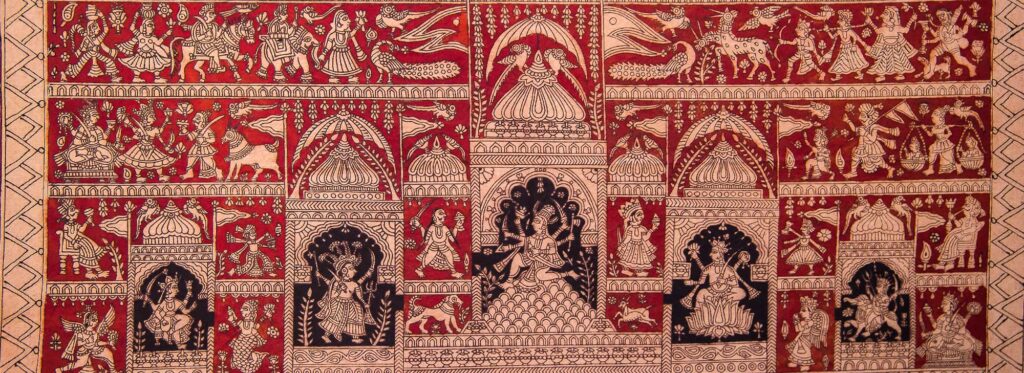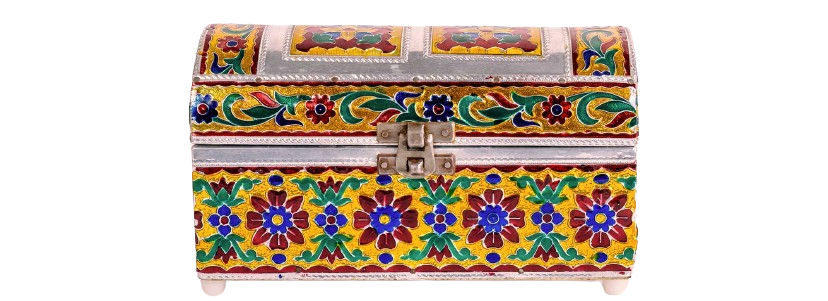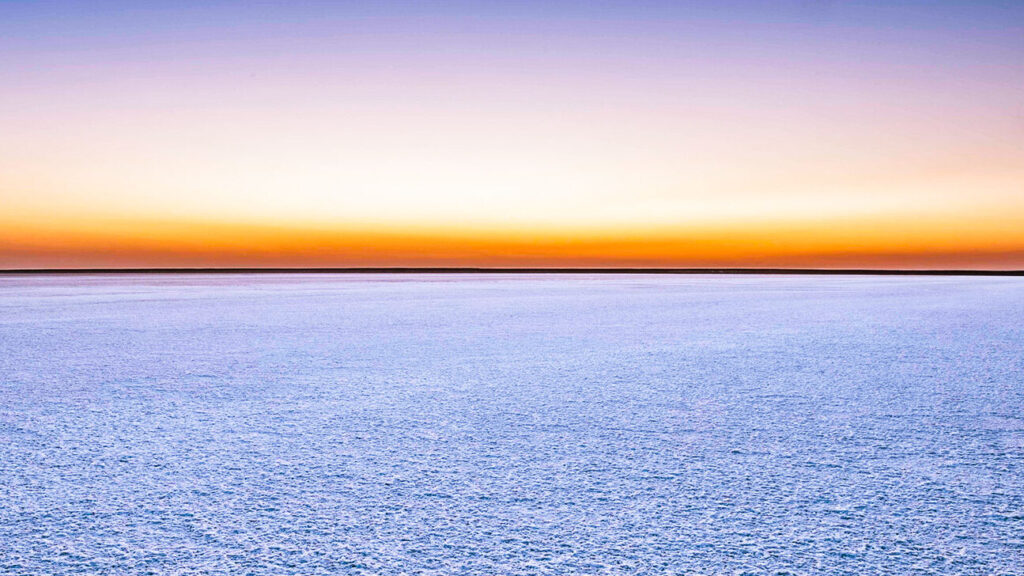Table of Contents

Introduction: Handicrafts of Gujarat
Gujarat is renowned for its rich variety of handicrafts, each reflecting the cultural and social hues of the region. From intricate embroidery and beadwork to stunning wood crafts and pottery, Gujarat’s artisans create masterpieces that are celebrated worldwide. In this article, we’ll explore the diverse handicrafts of Gujarat, categorized by materials, and discuss an effective SEO and keyword strategy to optimize this content.
Textile: Handicrafts of Gujarat
Embroidery of Gujarat
- Mata Ni Pachhedi: Originating from the Devi Pujak community, these sacred wall art pieces are created using hand block prints and freehand painting in black and red natural dyes.

- Ari Embroidery: Ari embroidery is a traditional and intricate style of embroidery, primarily done on silk fabrics using a long needle with a hook (ari needle). Commonly featuring floral motifs and traditional designs, Ari embroidery often includes embellishments like pearls, beads, and sequins. It is used to decorate garments such as blouses, sarees, and lehengas, as well as home decor items like cushion covers and wall hangings.
Printing and Dyeing
- Ajrakh: Practiced in Ajrakhpur, a village in the bordering Kutch district, Ajrakh involves hand block printing and dyeing with natural colors (vegetable and mineral colors). It is used extensively on turbans, shawls and bedsheets.
- Bandhani: This tie-and-dye technique creates patterns using natural colors like yellow, blue, green, and black. Bandhani is popular for sarees, turbans, and shawls.
- Single Ikat: Single Ikat is a traditional textile weaving technique that involves the dyeing of either the warp (vertical threads) or the weft (horizontal threads) before weaving them together to create a pattern. The Rajkot region is famous for its Single Ikat sarees, known for their elegance and simplicity.
Weaving
- Tangaliya: Tangaliya is a traditional weaving craft that originates from the Dangashiya community in Surendranagar, Gujarat. This craft has a rich history of about 700 years. The craft is practiced by the Dangashiya community of weavers and shepherds. Weavers use wool from sheep and goats to create the textiles. The signature feature of Tangaliya is the effect of raised dots on the fabric. Originally, Tangaliya was used to make blankets for shepherds in the community. Today, Tangaliya weaving is used to create a variety of textiles, including: Dupattas, Dress materials, Bedsheets, Pillow coversetc.
- Khadi: Khadi is a hand-woven natural fiber cloth primarily made from cotton. Primarily made from cotton, but can also include silk or wool. Symbolic of India’s freedom movement. The Surendranagar district in Gujarat is one of the largest handloom clusters for Khadi.
- Qualities:
- Durability: Known for its strength and long-lasting quality.
- Comfort: Soft and comfortable to wear.
- Thermal Properties: Keeps the wearer warm in winter and cool in summer.
- It holds significant historical and cultural value, especially in the context of India’s freedom movement. Khadi was promoted by Mahatma Gandhi to encourage the boycott of foreign goods.
- Qualities:
Surface Embellishment
- Rogan Painting: Practiced in Kutch, this involves using castor oil paste mixed with colors to create designs on fabric, popular for cushion covers, bed spreads, and wall hangings.
Metal Crafts: Handicrafts of Gujarat
White Metal/Meenakari

- Dating back to the Indus Valley Civilization, Gujarat is famous for metal crafts like sculptures, utensils, and ornaments made from iron, copper, silver, and alloys like bronze. Meenakari involves coloring and decorating these metals with intricate designs.
Wood Crafts of Gujarat
- Sadeli: Introduced by Parsis, Sadeli involves intricate geometric or floral patterns on teak or other wood, used in furniture like doors, windows, and the famous Bombay Box.
- Sankheda Furniture: Vibrant and colorful furniture made by the Kharadi community, featuring floral and geometrical patterns on teakwood, commonly found in Gujarati households.
Pottery and Clay Crafts of Gujarat
Mud Work
- Inspired by clay art, this tradition involves creating attractive wall pieces and traditional clay utensils with mirror work and hand painting.
Terracotta
- Practiced in Sabarkantha, especially Poshina, terracotta involves creating sculptures like horses and elephants, offered to deities for good health and prosperity.
Stone Carving in Gujarat
Sompura Stone Carving
- The Sompura community, known for their architectural heritage, has crafted significant monuments like the Somnath Temple using basalt, sandstone, limestone, granite, and marble.
Beadwork in Gujarat
Bead Work
- Practiced in Junagadh and other regions, craftsmen create decorative items and jewelry by stringing multicolored beads together.
Tribal and Regional Crafts of Gujarat
Warli Painting
- Practiced by artisans in the Dang district, Warli paintings use simple shapes with symbolic meanings to decorate walls and tell unique stories.
Pithora Painting

- Created by men in Chhotaudepur, these wall murals are offerings to Pithora, the God of food grains, and are used to seek blessings before special occasions.
- The paint is prepared by mixing pigments with milk and liquor derived from the mahuda tree. Artists use bamboo sticks, cotton, and wooden stencils to create their designs.
- Traditionally, Pithora painting was done exclusively on walls. Pithora artists now create their artwork on paper and canvas also.
Soof Embroidery
- This style from Kutch involves creating geometric patterns with neat, stylized designs, often mistaken for machine work due to its precision.
Leather Work in Gujarat
Leather Work
- The Meghwals community in Kutch produces leather goods embellished with mirrors and beadwork, combining traditional design with modern functionality.
Unique Crafts of Gujarat
Patola

- Patola is a type of traditional double ikat textile known for its intricate designs and vibrant colors.
- Patola textiles are primarily produced in Patan.
- It is typically used for making traditional garments like sarees, dupattas, and shawls, often worn on special and auspicious occasions.
Conclusion
Gujarat’s handicrafts, from textiles and metalwork to woodwork and pottery, reflect the state’s rich cultural heritage and skilled craftsmanship. These crafts provide sustainable employment and income generation, contributing significantly to India’s non-farming sector. Through initiatives like the GARVI-GURJARI chain of emporia, these artisans’ works reach national and international markets, gaining global recognition and acclaim.
Related Article

Explore Gujarat, India’s vibrant western state known for its rich history, diverse culture, and robust economy.

Explore the National Parks in Gujarat, including Gir, Velavadar, Vansda, and Marine National Park. Essential for UPSC PSC and competitive exam preparation.

Explore the Indus Valley Civilization sites in Gujarat, including the UNESCO-listed Dholavira, the ancient trading port of Lothal, and the fascinating site of Surkotada.
